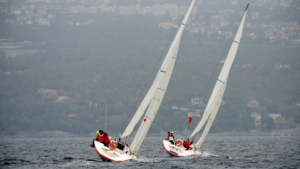
We’ve all seen images of sailboats racing through the water, tipped way over to one side, looking like they are about to capsize. I don’t know how the sailors keep their boats afloat like that. To me, it looks like magic.
But I do know how to tip liturgies into the wind. Just as a sailboat must constantly adjust its sails in response to shifting winds, we must learn to adapt the rites of the catechumenate to take into account the individual lives of the seekers, the circumstances of the parish, and the purpose of the rite we are celebrating. When we are able to adapt the liturgy in just the right way, we are able to keep our balance and navigate through challenges with grace and resilience.
It can be scary, though. Sometimes, we worry that we don’t have the skills to adapt and we’d rather not risk damaging the liturgy. So we do little or nothing to adjust to the particular needs of the community and seekers. But a “be safe” approach also has risks. A sailboat that doesn’t lean into the wind can also lose its balance and tip over. The trick is to lean just enough—adapt just the right amount—to keep the liturgy sailing smoothly. So how do we do that?
When adapting a catechumenal rite, there are three overarching guidelines to keep in mind:
- Understand the key principles of any act of Christian worship
- Understand the primary aim of the catechumenate as whole
- Understand the six core principles of the catechumenate process
Every liturgy—full, conscious, and active participation
Every liturgy is a participation in some facet of the mystery of Christ. Because, through baptism, we are the Body of Christ, the full, conscious, and active participation of the baptized priesthood is essential in every liturgical rite.
Are you doing everything you can to enhance the participation of the assembly in the liturgy?
Every liturgy is a participation in some facet of the mystery of Christ. Because, through baptism, we are the Body of Christ, the full, conscious, and active participation of the baptized priesthood is essential in every liturgical rite.
The aim of the catechumenate
The first sentence of the Rite (Order) of Christian Initiation of Adults tells us the purpose:
The Order of Christian Initiation described below is designed for adults who, upon hearing the proclamation of the mystery of Christ as the Holy Spirit opens their hearts, consciously and freely seek the living God and undertake the journey of faith and conversion.
OCIA 1
Does every celebration of a catechumenal rite move the seeker further along on the journey of faith and conversion? How do you know?
Six core principles
One way we can tell if a rite is leaning into the wind enough is if it meets the six criteria given to us in paragraphs 4 and 5:
The Initiation of catechumens (1) takes place step by step (2) in the midst of the community of the faithful, who together with the catechumens (3) reflecting upon the value of the Paschal Mystery and (4) renewing their own conversion, lead them by their own example to obey the Holy Spirit more generously.
The Order of Initiation is (5) suited to the spiritual journey of adults, (6) which varies according to the many forms of God’s grace, the free cooperation of individuals, the action of the Church, and the circumstances of time and place.
OCIA 4-5
Every rite that we celebrate with the catechumens should take into account their level of readiness, the role of the community, our participation in the Paschal Mystery, the renewal of our conversion to that mystery, the adult-level commitment required, and the particular circumstances of each unique situation.
If we were sailors, we’d have to learn how to lean our boat into the wind in just the right way to keep the crew safe, to keep the boat balanced, to keep moving to our destination. As catechumenate leaders, we have a similar task. We want to keep our seekers safely on the journey of faith and not risk having them fall off the path. And we want to keep the community moving forward in our conversion and into the Mystery of Christ. To do that, we have to continually adapt our liturgies to adjust to the prevailing winds.
Your turn
What questions do you have about adapting the rite? What aims are you keeping in mind? Share your thoughts in the comments below.
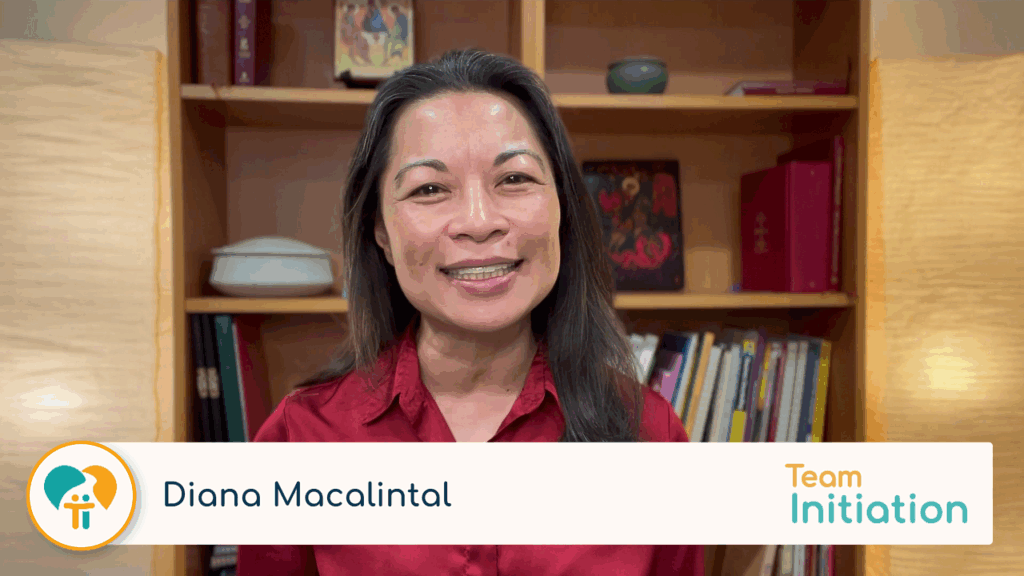
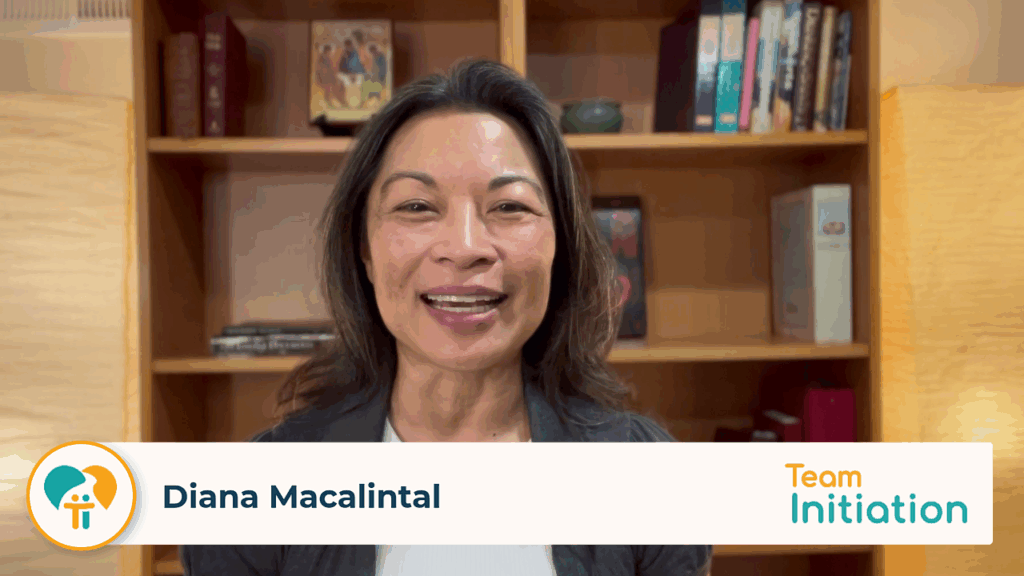
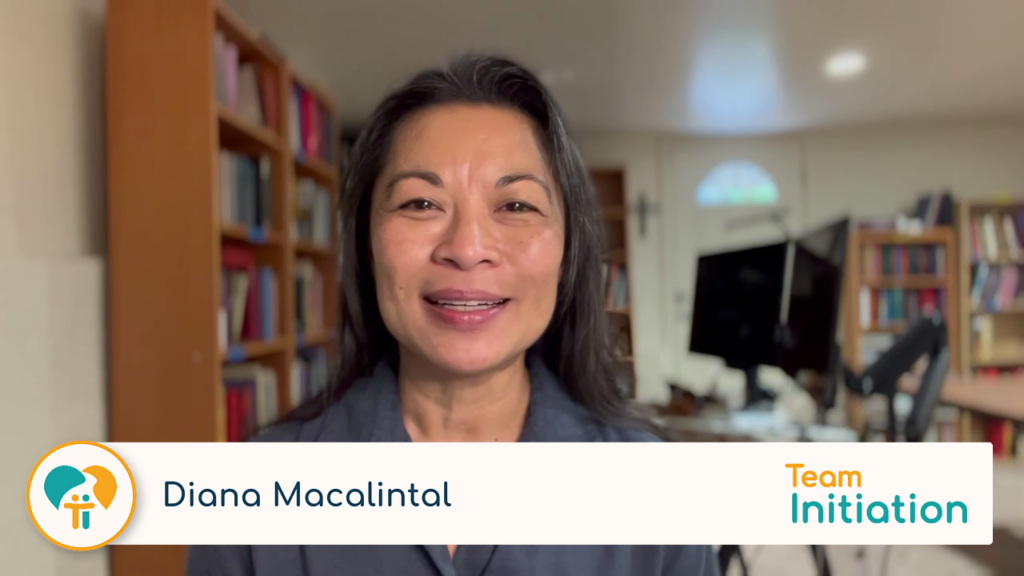

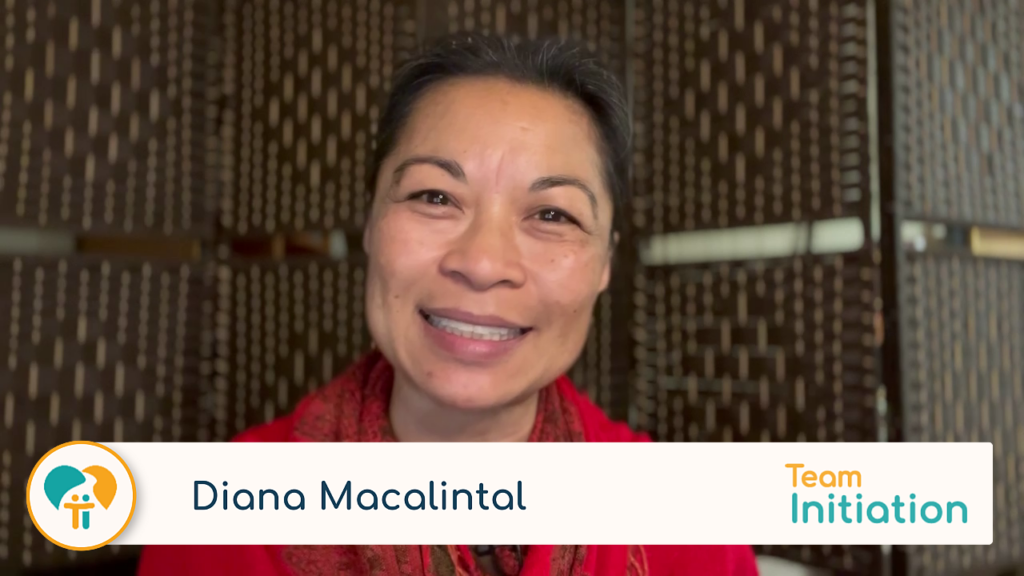

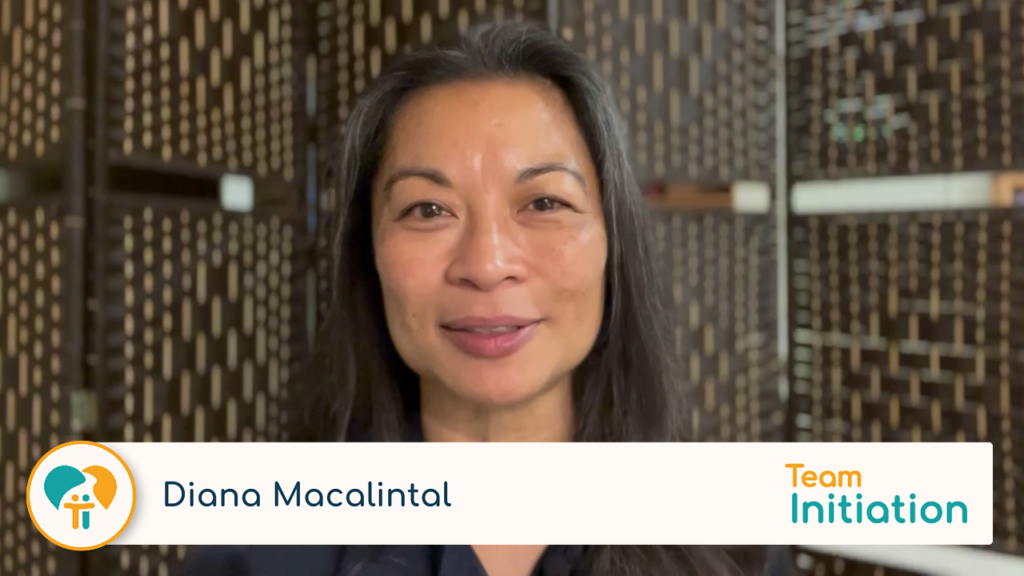










Do you have an example of how a rite was adapted using the principles in the article?
Hi Colleen. Here is a follow up that might be helpful: https://teaminitiation.com/2007/09/stop-asking-for-faith/
Also, we are planning to offer a course in how to adapt the Rite of Acceptance for your parish, taking into account your unique circumstances. At the end of the course, you will have a draft of a script you can use at your next celebration of the rite. Watch the weekly newsletter for details.
Do all the seekers need to participate in all the rites?
Hi Patricia. For unbaptized seekers who want to be initiated, all the major rites of the catechumenate are required. The table of contents of the Rite of Christian Initiation of Adults indicates which of the minor rites are optional.
For baptized seekers, all the preparatory rites are optional. This is also indicated in the table of contents.
My parish has modified the RCIA process in several ways, including the following: 1) eliminated dismissals from Mass for unbaptized seekers; 2) Revised and truncated the scrutinies to omit any mention of sin, evil or other “negative” terms that might offend or perhaps scare seekers; reduced discernment throughout the formation process to advance any seeker who “feels ready” to receive the Sacraments of initiation. These changes seem far more than “adapatations” to the rites. I will appreciate your perspective on this.
Hi George,
I would agree with your sense of things. What you described goes far beyond what the church allows by way of adaptation of the rites.
Happy New Year Nick & Diana.
That’s a wonderful idea especially when new parish priest in the parish. So a draft of a script will be very helpful to use.
Thanks Malia Mar
Corinda Graceville, Qld, Australia